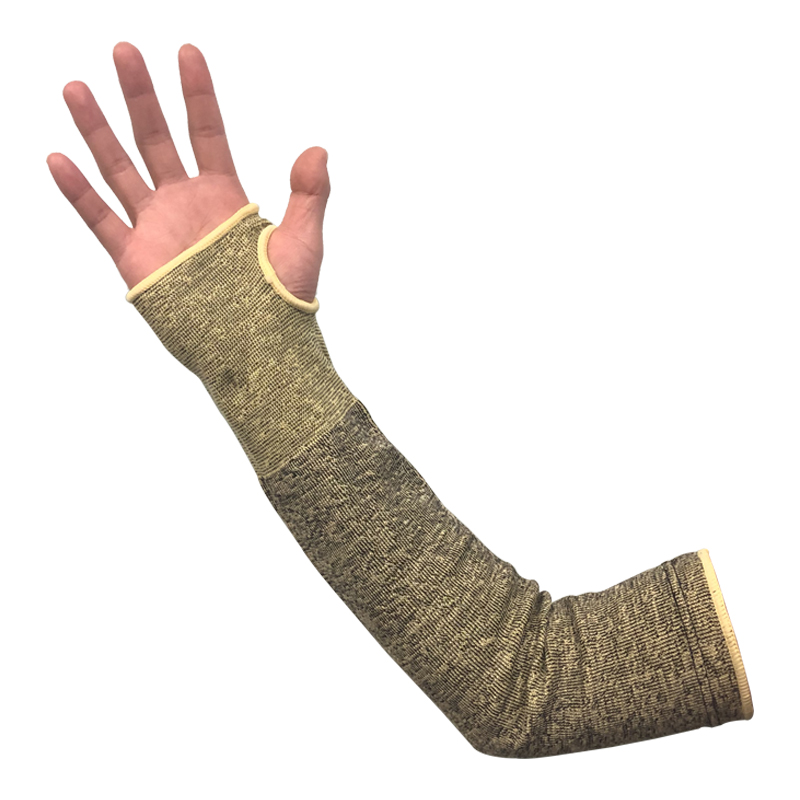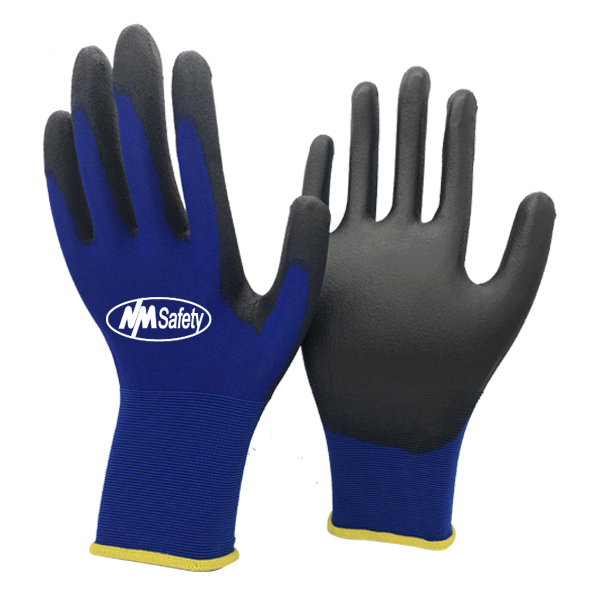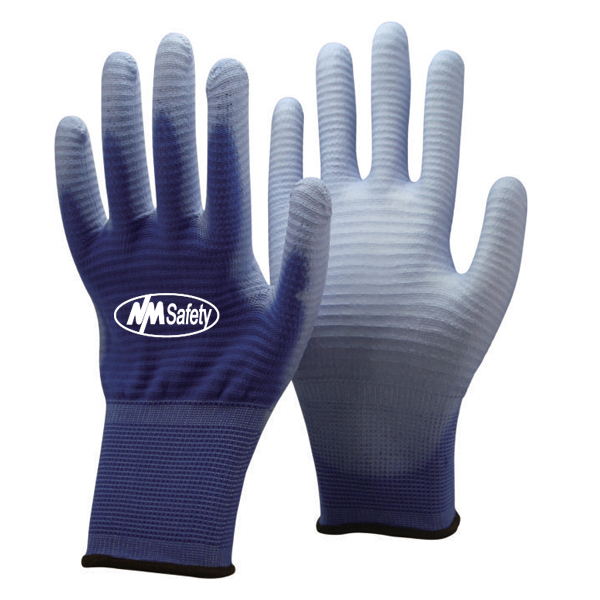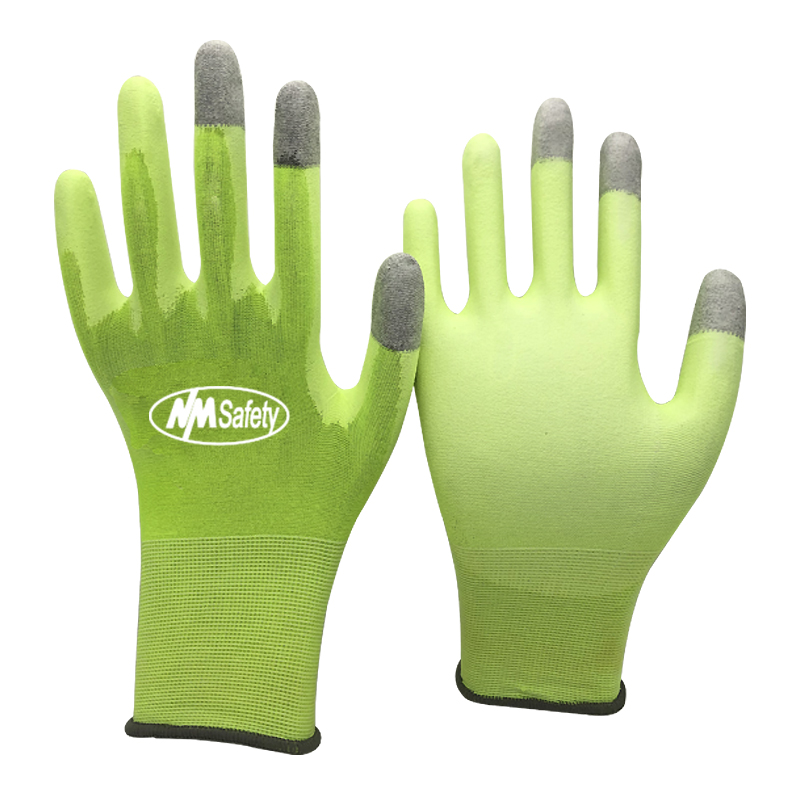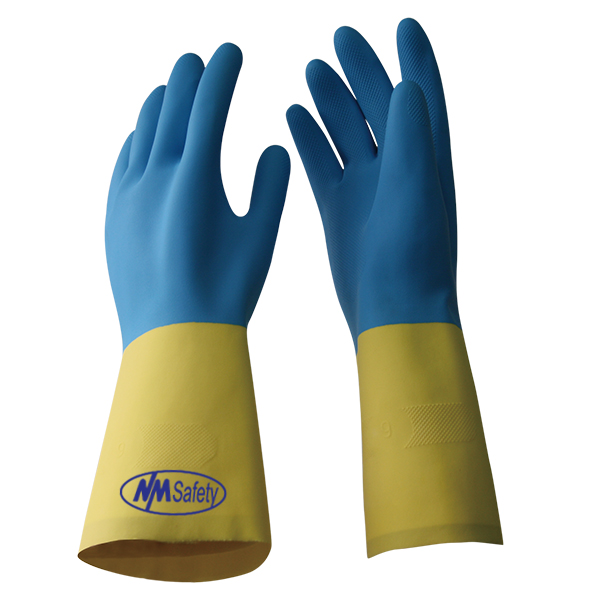Cut Resistant Sleeve A6/F: It's vital to safeguard your hands. The National Institute for Occupational Safety requires companies to select and apply hand protection for their employees where there are identified hazards. Cut-resistant sleeve certification protects arms from minor to significant wounds, such as those seen in regular industrial tasks, printing, and driving vehicles. These sleeves have a higher cut level than lower cut level sleeves, which gives them more flexibility and ease. To protect your wrist, arm, and elbow, cut-resistant gloves are usually worn with these sleeves. They operate as a shield to protect your hand from the cutting edge. They aren't, however, cut-resistant.
The different levels of Cut resistant sleeves: Cutting loads ranging from 2200 to 2999 g are protected. Understanding the various levels of cut resistance in gloves can assist you in selecting the appropriate gloves to protect your workers' hands from cuts ranging from minor paper cuts to life-threatening cuts that can occur in an industrial setting.
What is the mechanism of Cut resistant sleeves level A6/F? To understand the science behind cut resistance, imagine a triangle with each point representing one element of cut-resistant technology: strength, hardness, and rolling action. These three elements underpin cut-resistant technology. Each provides a certain level of cut resistance on its own, but when you combine them, the cut resistance skyrockets. Start with the yarn if you want to incorporate cut-resistant materials. At first look, a cut-resistant string-knit glove appears to be made of only one yarn, but it's a three-ply yarn designed to combine multiple elements into one.
The Strength of an A6/F Cut-Resistant Sleeve: The strength aspect refers to the intrinsic strength of the material used to manufacture the yarn. Para-aramid and high-performance polyethylene (HPPE) are both considered exceptionally durable anti-cut sleeve fibers.
If you're unfamiliar with such terms, you're likely more familiar with their brand names. Despite their strength, these fibers often form ANSI Cut Level 2 gloves, which are not very cut resistant; however, when combined with other elements of the cut-resistance triangle, they can produce yarn with the highest cut resistance levels, such as Cut Resistant A6/F Sleeve.
ARE YOU IN NEED OF EXTRA ARM PROTECTION?: Regular material handling or confined-space labor, for example, puts workers in the construction, demolition, automotive, glass handling, and fabrication industries at risk of Knicks, scrapes, and cuts. That’s why you always need some extra protection, which is only fulfilled by Cut Resistant A6/F Sleeve.
What factors should you think about when looking for CUT-RESISTANT SLEEVE?: When looking for the best cut-resistant sleeve for you, elements, size, and cut level should all be taken into account.
Elements: To achieve high levels of cut resistance, several protective arm sleeves contain fiberglass or steel strands, which can be stiff, hot, and unpleasant to the skin. And if something doesn't feel right, it won't be worn, exposing vulnerable skin to harm. Cut resistance that isn't painful is no longer an oxymoron.
What to look for: New engineered polyester yarn technology offers all of the benefits of its predecessors, plus more, such as a cool-to-the-touch, moisture-wicking fabric that provides unrivaled breathability in any environment.
Size: Spending all day twisting and straining is not anyone's idea of a good time. Finding a form-fitting cut sleeve that won't lessen coverage by riding up or falling is not only convenient but also safe.
What to look for: Use the sizing charts as a guide. You want a snug, form-fitting fit to avoid snagging. Thumbholes and adjustment straps may appear small, but they could mean the difference between a productive day and a trip to the ER.
What Fabrics Are Being used in Cut-Resistant Gloves? Traditionally, gloves and sleeves were made using yarn that had an inner core and an outer wrap. To make it more flexible, the exterior wrap is commonly made of cut-resistant material (HPPE or Aramid) with extra filler such as nylon, polyester, or spandex. Classic machine knit gloves have a core made of a range of materials, or even a combination of materials, which gives them their greater cut levels.
Heat resistance: Cut Resistant A5/E sleeves not only protect against cuts but also offer some protection against flames and sunburn. Above all, you should invest in body armor that will protect you from a variety of workplace hazards. If you work in an environment where you must deal with a range of hazards, multi-purpose NMSafety cut-resistant sleeves are the way to go.
Protection, comfort, and ventilation: Anti-cut sleeves have been produced for maximum comfort using a combination of our high-performance fabric and breathable polyester, based on the threats that have been discovered. Our shirts also have thumb loops to keep the sleeves from riding up when handling sharp objects by hand.
Cut Resistant Gloves: What Are the Benefits and How Do They Work?: Sleeves that are cut-resistant are designed to keep you safe from cuts. Although no glove will ever be completely cut-proof, given that 70% of employees who suffered hand or finger injuries were not wearing them, they are nonetheless extremely valuable to wear.
It's also worth noting that knife blades that have been exposed might still harm other parts of the body (like arms or legs). As a result, a variety of personal protective equipment is frequently required to ensure that your employees are adequately protected.
Conclusion: Now you know what anti-cut sleeves are and how to avoid buying the wrong cut-resistant sleeves for your A5/E. Despite the fact that cut-resistant sleeves are necessary for the protection of your hands, arms, and elbows, people are afraid to invest in them. You can buy from a range of online and offline retailers. However, you have the ability to make a better decision, but we're here to assist you. We support NMSafety since they are willing to accept ownership of their actions.


